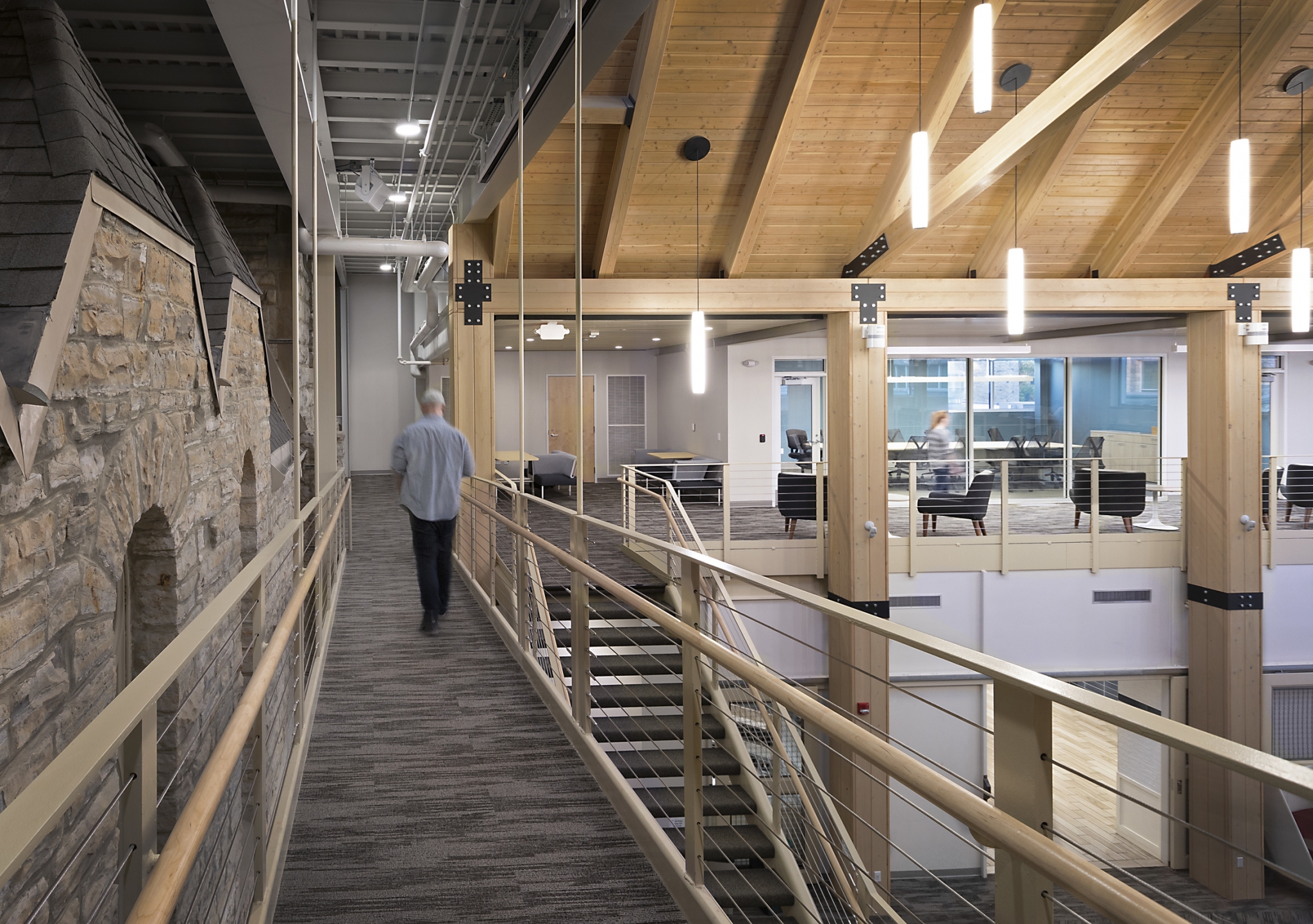Why Material Is Material: Another Definition of Double Materiality

The following is part of a series of articles from Cuningham's experts for Sustainable Brands, a global community that is at the forefront of making the case that embedding environmental and social purpose into the core of a brand is the future of business. Cuningham Director of Regenerative Design Paul Hutton wrote this piece with Lorinda Niemeyer, Content Strategist with FrameworkESG. To read the full article, visit Sustainable Brand's site.
What is 'material'? And how can a slight play on words help brands make more sustainable, healthier material choices in the built environment to reduce risk and benefit all stakeholders — from investors to employees and communities, to the planet?
In a previous article, we looked at how outcomes of investment and design are increasingly held to a higher level of expectations to benefit all stakeholders — an approach we call the multi-stakeholder lens.
We also introduced what we see as an implication of this multi-stakeholder lens: a paradigm shift in investment and design in the built environment, from a focus on “what” we design to “for whom.”
But we realize that no discussion of stakeholder intent and benefit would be complete without understanding what truly matters to these stakeholders. Here, the idea of materiality takes center stage.
What is material?
In ESG strategy and reporting, a company’s material issues are those that not only pose significant risks and opportunities to the company, such as those from climate change; but also the issues that reflect the impacts of the company on the environment and society — including, for example, impacts of company operations on human rights or on climate change through carbon emissions.
This explicit focus on understanding the intersection between the financial and social or environmental impact of issues — called “double materiality” — is top of mind in the ESG discourse, as both lenses are important for companies to make better decisions.
But material has a more, well, material definition. And we think bringing both definitions together is critical to helping leaders reduce risk and create value in the built environment.
Whether in the built environment or in product markets, the word material also includes the “stuff” that lands in an end product — be it the building itself; the finishes, equipment or furniture that makes the building’s spaces usable; or even the cleaning products used to maintain them.
Materials have an impact on the environment and beyond. About 11 percent of total global greenhouse gas emissions is attributable to construction materials, compared with 28 percent from building operations. The carbon impact of materials is referred to as “embodied carbon” — which, once in place, may remain indefinitely. A fact often cited in the last few years is that the global concrete industry, if it were classified as a country, would be by itself the third-largest emitter of greenhouse gas.
Achieving ambitious climate goals will not be possible without addressing this quite literally “material” issue.
Choices about materials still too often focus on the use phase. However, we estimate that over 90 percent of decisions that influence those downstream impacts are made in the design phase. This is where we must shift our focus.
This imperative to look upstream for solutions has not gone unnoticed. Architects have recently established voluntary targets for embodied-carbon reductions through the Architecture 2030 program, including a 50 percent reduction by 2030 and zero emissions from materials by 2040. Achieving these results will not be easy and will require many innovations in the design process and materials technology.
Companies, investors and developers also have a part to play. In its new Business Manifesto for Climate Recovery, announced at COP26 in November, the World Business Council for Sustainable Development focuses directly on reducing negative social and environmental impacts from the built environment, which requires taking a “whole-cycle” approach to design and building.
It’s also important to consider the role of cleaning and other chemical-based products used in the built environment. Extended producer responsibility laws and policies seek to hold manufacturers responsible for the life-cycle impact of their products, from their production through to disposal. For example, extended producer policies related to paint and cleaning products are already in place or proposed in states including Colorado, Oregon and Maine, to name just a few.
These developments are just a few proof points that illustrate that the choice of materials used in the built environment is, in fact, material. Given the focus on climate change and net zero goals, waste reduction, and more responsible use of natural resources, we think companies have no other choice but to consider materials selection, use, and disposal in the built environment as part of their broader risk management strategy.
Indeed, reducing risk and supporting longer-term goals for health and the environment require making better decisions about what we build into the built environment in the first place.



